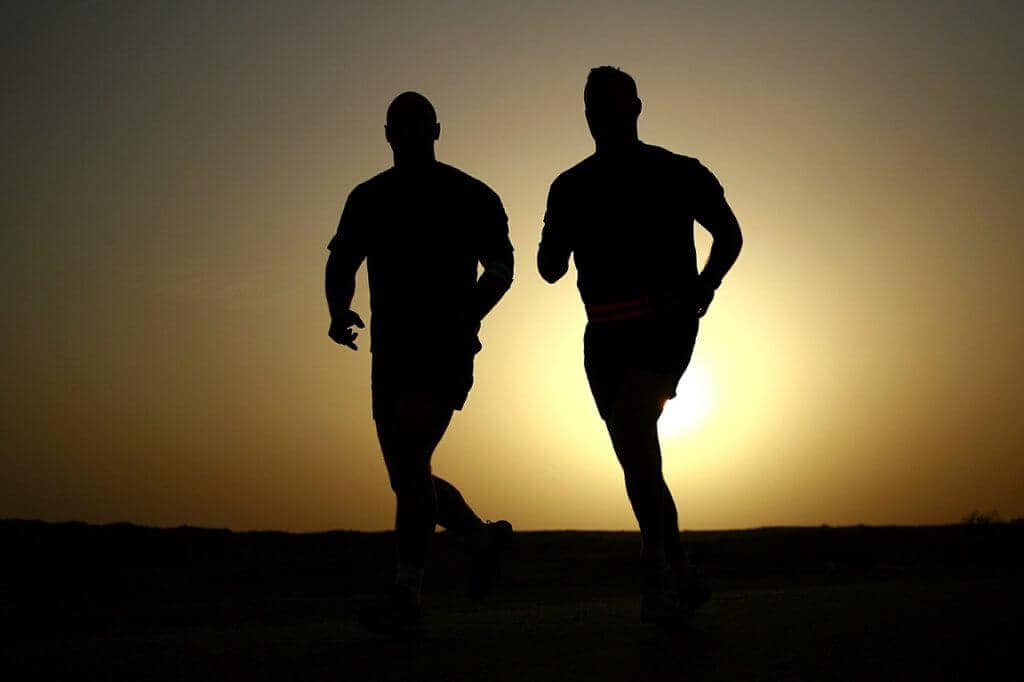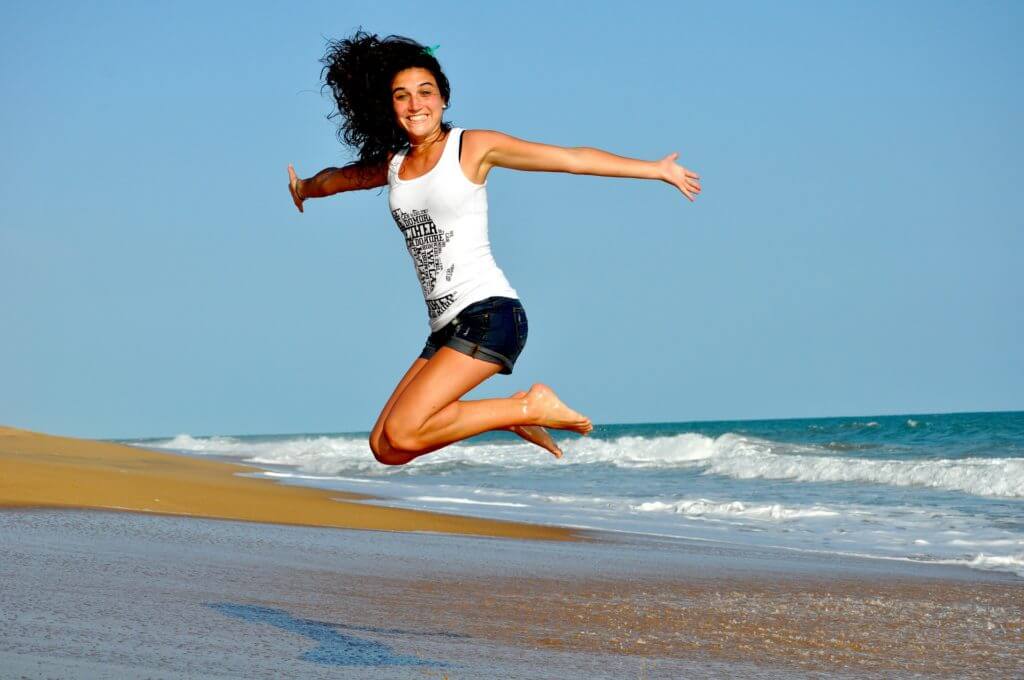
What is Dualism?
Firstly, what is dualism and why does it need to be challenged in relation to the way we view physical activity and health?
Dualism is the view that “human beings [are] comprised [of] two very different and separable ‘parts’, being the ‘body’ and the ‘mind’” (Whitehead, 2010, p. 202). Where the mind is often considered superior to the body, and with the body often being regarded as a ‘machine’ or an ‘object’ that needs to be maintained or exercised if it is to be useful, effective or efficient.
Researchers in the field of physical activity, neuroscience and philosophy are now challenging this dualistic view that the mind and body whilst connected were also considered as separate entities, by providing an alternative approach; this being Monism. Monism considers the mind and body as inseparable, intertwined and interconnected. This view is further supported by Merleau-Ponty (1996) who also argues for the inseparability between an individual and their consciousness by suggesting they are interconnected through the use of space, time and the world as we ‘live’ them. This view argues that human beings are much more complex than just ‘machines’ but instead we as much a product of our environment as we are of our DNA. We must move towards a more holistic appreciation of the value of physical activity as more than just a tool for maintaining the body as an object for optimal health but instead viewing physical activity as a means of enriching life, viewing the body as lived.
Physical Activity and Health
How is this different from the present view? The promotion of participation in physical activity for life is currently predominantly driven by a medical perspective that could be considered misguided and inappropriate. Why, because if the aim of physical activity is only valuable as a means in achieving other ends, for example optimal health, it diminishes its value by not being an end in itself. In other words, physical activity will only be seen to be valuable if the individual values optimal health, perceives themselves to need to develop their health, or is motivated to maintain their health. For many individuals they will not fall into any of these categories, perceiving themselves ‘not to be at risk’ or that their health is ‘optimal’ when perhaps it may not be. This message of physical activity for health promotion can be seen in the WHO publication Young and Physically Active (Kelly, et al., 2012).
The adoption of a physically active lifestyle early on, which could be maintained throughout the life-course, also contributes to the building and maintaining of physical and mental health in later life.
Public health messages associated with being physically active are usually driven by medical considerations e.g. a concern for reducing the risk of chronic disease (e.g., cardiovascular disease and type 2 diabetes), assisting with weight management (and reducing obesity) and alleviating depression and anxiety. Thus, the discourse of promoting physical activity for health, is typically centred on the physical and mental health benefits associated with decreasing the risk of chronic disease and reducing health care costs in the future. For example, in one Canadian publication on gymnastics, they say:
Science has shown that when children increase their daily physical activity, they decrease their chances of developing many diseases such as heart disease and type 2 diabetes and are generally healthier and happier.
As a result, policymakers and researchers have focused on research that explains this relationship and they see only the need to increase levels of participation. This can be seen in a recent report (Impact of physical activity and diet on health – House of Commons HC 845) that contains a substantial amount of evidence on the value of physical activity for health. William Bird in his evidence to the Houser of Commons Health Committee made the point that
How re-building physical activity into daily life is easier if physical activity is a means to an end rather than an additional extra that needs to be fitted in on top of other pressures.
In other words, they see a need to focus on routine in people’s lives and how they can alter their routine slightly each week on a regular basis. This means that climbing stairs and walking rather than taking the car can be seen as the key to improving the health of the nation: it is a preference that people have to learn to choose. This message has been around for many years and yet it has made little impact in increasing levels of regular physical activity. We need to ask a question why this is the case and take action to deal with it?
Careful reading of the afore-mentioned report will reveal a dualist perspective to the way that health and the medical world views physical activity (see also, Academy of Medical Royal Colleges, 2015). This is a position that all people in Physical Literacy need to be fully aware of and they must be prepared to challenge both this thinking and their action plans.
This dualist position is reinforced also when physical activity is seen as a form of therapy. Physical activity can be associated with people with existing medical conditions or injuries so that they can benefit from regular participation in some form of physical activity. This can be:
- Remedial/rehabilitative
- Restoring physical capacity following treatment or prolonged illness
- Managing specific medical conditions
Thus, physical activity can be seen as having a preventative, protective and therapeutic value.
Unfortunately, for many people these forms of physical activity can be seen as boring, uninteresting and even uncomfortable. This view is illustrated by people who undertake exercise and distract themselves with music or television because the repetitive movements found in most of these forms of physical activity are tedious and not really enjoyable.
Clearly these two approaches that I have identified represent an instrumental way of using physical activity to enhance health and wellbeing. However, they represent also a very narrow approach to health and wellbeing that fails to address a key value of being physically active: being physically active can energise and enrich lives and become important in people’s lives. This is reinforced in a recent study by Berg et al., (2015) who suggest that there is a need to consider new approaches for promoting greater levels of participation in U.S. community sport and other leisure-time physical activity programmes. They based this proposal on the findings of their research. The participants in the research programme said how much better they felt after engaging in sport and leisure-time physical activity and commented how much they had enjoyed it. It was evident that this experience was key to their participation.

A Call for a New Approach
As a result of their study, Berg et al., (2015) suggest that we need to look at the positive feelings and social connections associated with being physically active in community sport and leisure-time programmes. For many people, they value the enhanced feelings of vitality and dynamism (and especially the feeling of being energised) when they engage regularly in different forms of being physically active and this stimulates them to seek out further opportunities for being physically active.
Berg et al., (2015) and his colleagues are calling for a more intrinsic value to be recognised of being physically active and to give a more positive message that focuses on emotional feelings that can enrich lives. This is very different from the medical view of physical activity and the current discourse on using physical activity to promote health and therefore it requires more careful consideration.
It is also very different from current rhetoric, “teach an active lifestyle to young people and adults so that it will be maintained throughout the lifespan”, because it illustrates a belief that this is achievable as a spin-off from just participating in physical activity. Perhaps the focus for encouraging young people, as well as adults, to engage regularly in physical activity – so that it can be maintained throughout the lifespan – should be changed and be replaced simply with a clear ‘here and now’ message.
This discussion has focused on current rhetoric and practice in promoting physical activity and health and highlighted Berg and his colleagues’ paper as a view that needs serious consideration. They consider the promotion of sport or leisure-time and recreational pursuits as different from physical activity. Their paper can be seen as a challenge to rethink how we view forms of physical activity in the pursuit of health and wellbeing and how they can be promoted.
But, a new message is needed that is associated with a carefully considered programme of action; a programme that can motivate people to recognise the value of regular physical activity (feelings of vitality, energy and dynamism in a social context) in a form that gives them a sense of purpose and a sense of belonging to a group that they value. This article calls for a change in thinking away from the product of physical activity (health) towards the process of physical activity, and how we can make it a thing of enjoyment, habit and lifestyle.
All forms of sport, dance and adventure in natural surroundings within leisure-time as recreational pursuits have the potential to open up opportunities to enable young people and adults to enrich their lives in significant ways: this requires a different way of looking at its promotion in contrast to the dualist perspective highlighted above.
This thinking may be viewed better within a model that views health as a resource for everyday living rather than just a means to a specific end – reducing the risks of developing specific medical conditions, using physical activity as therapy and reducing the future health care budget. The idea of health as resource for everyday living serves as a potential alternative to the current medical model and could represent an important part of Physical Literacy. The thinking behind health as resource for everyday living will be outlined in another blog.
By Len Almond and Liz Durden-Myers
References
- Academy of Medical Royal Colleges (2015) Exercise: The miracle cure and the role of the doctor in promoting it.
- Berg, B.K., Warner, S. and Das, B.M. (2015) What about sport? A public health perspective on leisure-time physical activity. Sport Management Review18, p20-31.
- House of Commons (2015) Impact of physical activity and diet on health. Sixth Report of session 2014-15, HC 845.
- Kelly, P. Matthews, A and Foster, C. (2012) Young and physically active: a blueprint for making physical activity appealing to youth. WHO.
- Merleau-Ponty, M. (1996) Phenomenology of perception. C. Smith, Trans. Original work published 1945. New York: Routledge, Kegan, & Paul.
- Whitehead, M. E. (Eds) (2010) Physical Literacy: Throughout the Lifecourse. London: Routledge.


[…] A Challenge to the Dualist Perspective underpinning the Role of Physical Activity in Health by Liz Durden-Myers is a thought provoking piece that asks us to consider health perhaps as a resource for everyday living rather than just a means to a specific end. […]